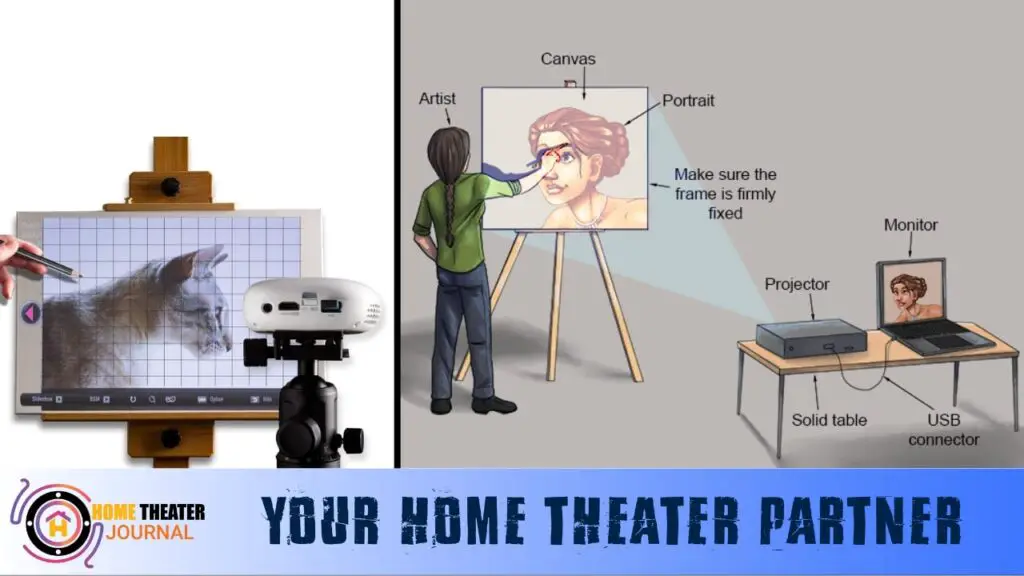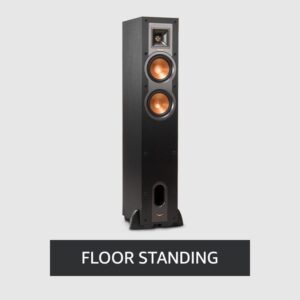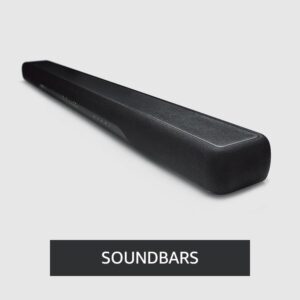How to Use a Projector to Trace Art | 7-Steps Helpful Guide
Whether seasoned professionals or enthusiastic beginners, artists are always looking for innovative techniques to enhance their creative process.
If you want to add a new dimension to your artwork or make your next project easier, consider using a projector to trace your art. This technique opens up possibilities, allowing you to bring your visions to life precisely and easily.
Table of Contents
The Magic of Projector Tracing | Unveiling Your Creativity
Projector tracing is like having your personal art assistant. It allows you to effortlessly transfer images, designs, or sketches onto a canvas or surface. Whether you’re working on a large mural, a detailed illustration, or a simple craft project, a projector can save you hours of painstaking freehand work.
What You Need
Before diving into the world of projector tracing, gather your essentials:
- Artwork: Your source image or sketch
- Projector: A reliable projector, preferably with adjustable brightness and focus
- Surface: Your canvas, paper, or any other medium you’ll be tracing onto
- Dark Room: Create a space with minimal ambient light for optimal projection
- Materials: Pencils, pens, or whatever medium you plan to use for tracing
- Patience and Creativity: Your artistic spirit!
How to Use a Projector to Trace Art | Steps to Illuminate Your Art

Now that you have everything ready let’s explore the steps to use a projector for tracing your art:
1. Set Up Your Projector
Place your projector on a stable surface, ensuring it’s at the right distance and angle to project onto your working surface. Ensure it’s connected to a power source and any device (like a laptop) containing your artwork.
2. Prepare Your Artwork
Ensure your source image or sketch is in digital format, making it easier to adjust the size and position on the projector. Adjust the image’s brightness, contrast, and color settings to achieve the desired clarity and contrast.
3. Position Your Surface
Place your canvas or paper on the surface where you want to transfer the image. Make sure it’s flat and stable. You can secure it in place to prevent any accidental shifts during tracing.
4. Project Your Art
Turn on the projector and adjust its focus, size, and position until the image covers your canvas or paper. Play with the settings until you achieve the perfect alignment.
5. Trace with Precision
Now comes the fun part – start tracing! Use a pencil, pen, or any desired medium to follow the projected lines and shapes onto your surface. Take your time to ensure accuracy and detail.
6. Add Your Personal Touch
While tracing, don’t hesitate to add your unique flair and creativity. Adjust details, experiment with colors, or even modify the original design to make it your own.
7. Fine-tune and Finish
Once you’ve traced the entire image, turn off the projector, and allow your artwork to dry if necessary. Now, it’s time to refine and enhance your traced art. Add shading, highlights, and additional details to make it yours.
Embrace Creativity with Projector Tracing: Unlocking Your Artistic Potential
Using a projector to trace art isn’t just a time-saver; it’s a powerful tool that allows you to push the boundaries of your creativity. Whether you’re a professional artist looking to streamline your workflow or an aspiring creative exploring new techniques, projector tracing can be a game-changer in your artistic journey.
So, next time you embark on an artistic endeavor, don’t hesitate to embrace the magic of projectors. Let them illuminate your canvas, unveil your creativity, and transform your visions into stunning works of art.
Conclusion
Using a projector to trace art is more than a shortcut; it’s a gateway to unlocking your full artistic potential. Fusing traditional craftsmanship and modern technology can lead to extraordinary creations that captivate and inspire. So, whether you’re an established artist seeking new horizons or a budding creative looking to elevate your work, embrace the magic of projectors and let your imagination soar.
With each traced line and every stroke of your brush, you’re not just creating art; you’re crafting a unique story that resonates with the world. So, experiment boldly, and keep tracing your path to artistic excellence. The canvas of your imagination knows no bounds when illuminated by the projector’s light.
FAQs
1. Is using a projector for tracing cheating in art?
Answer: No, using a projector for tracing is not cheating in art. It’s simply a tool that artists can use to transfer images or sketches onto a canvas or surface with precision. Many professional artists employ various techniques and tools to aid their creative process, and a projector is one such tool that can save time and help achieve accurate results.
2. What type of projector is best for art tracing?
Answer: The best projector for art tracing depends on your specific needs. Look for a projector with adjustable brightness and focus controls to ensure you can customize the projection to your liking. Consider a portable and lightweight model if you plan to use it in different locations. Additionally, projectors with a high resolution will provide clearer and more detailed images for tracing.
3. Can I use a projector to trace copyrighted images or photographs?
Answer: Respecting copyright laws when using a projector to trace images is important. Tracing copyrighted material without permission can infringe on the copyright holder’s rights. If you intend to use copyrighted images, always obtain proper licensing or permission from the copyright owner before proceeding.
4. What are some common tips for achieving better results with projector tracing?
Answer: To achieve better results with projector tracing, consider the following tips:
- Ensure a dark room with minimal ambient light for a clear projection.
- Take your time to align the image correctly to avoid distortion.
- Experiment with different scales and layering to add depth to your art.
- Use the projector as a guide but feel free to add your unique artistic touch.
- Document your process for future reference and share it with others.
5. Can I use a projector to trace different surfaces besides canvas and paper?
Answer: Yes, projectors can be used to trace on various surfaces. Besides canvas and paper, you can use projectors to trace wood, fabric, walls, glass, and more. The key is to ensure that the surface is flat and stable and the projector can be positioned at an appropriate angle for accurate tracing. Experimentation with different materials can lead to exciting and innovative art projects.

Author: Baqarrasheed
I know all about home theater items! I have been doing this for more than three years now. I am good with things like sound systems, TVs, projectors, and all that cool entertainment gear. I like to help folks by testing and talking about these gadgets on Hometheaterjournal. I want to make sure everyone can create an awesome entertainment setup at home without any confusion.
I write the creative content for HometheaterJournal.






















